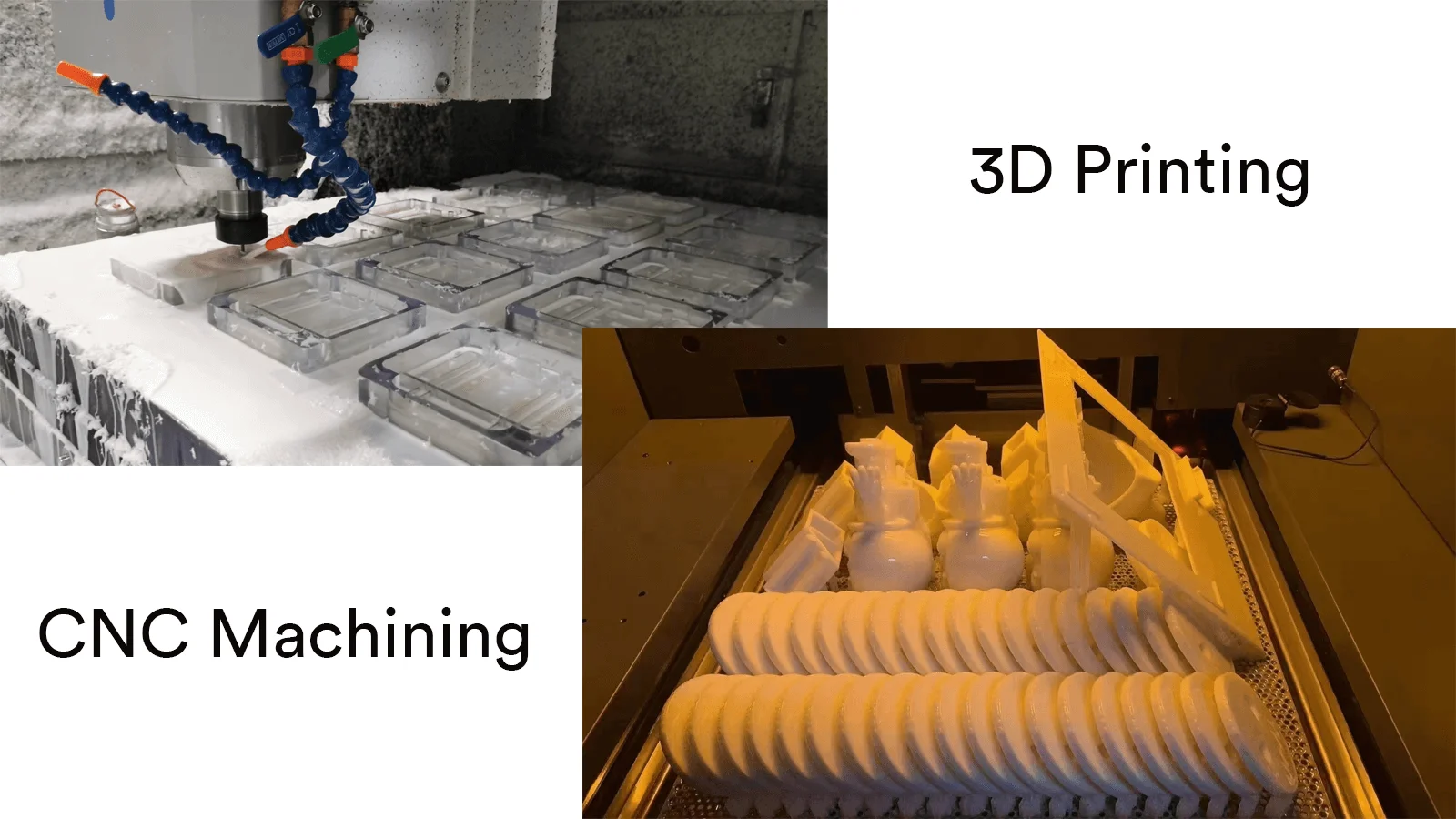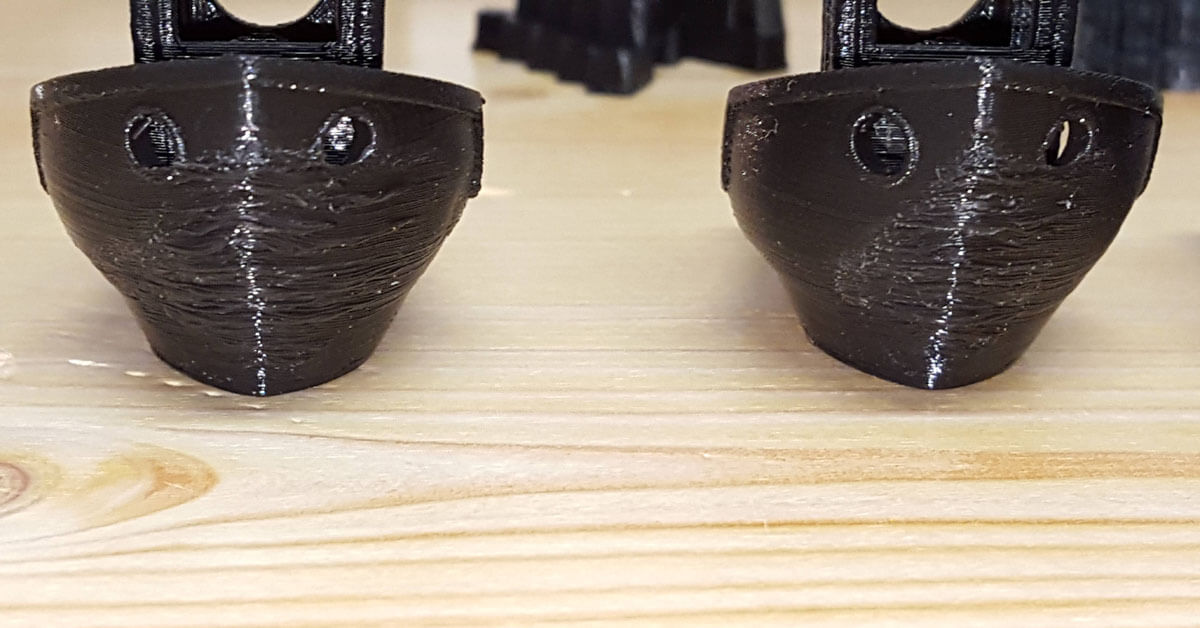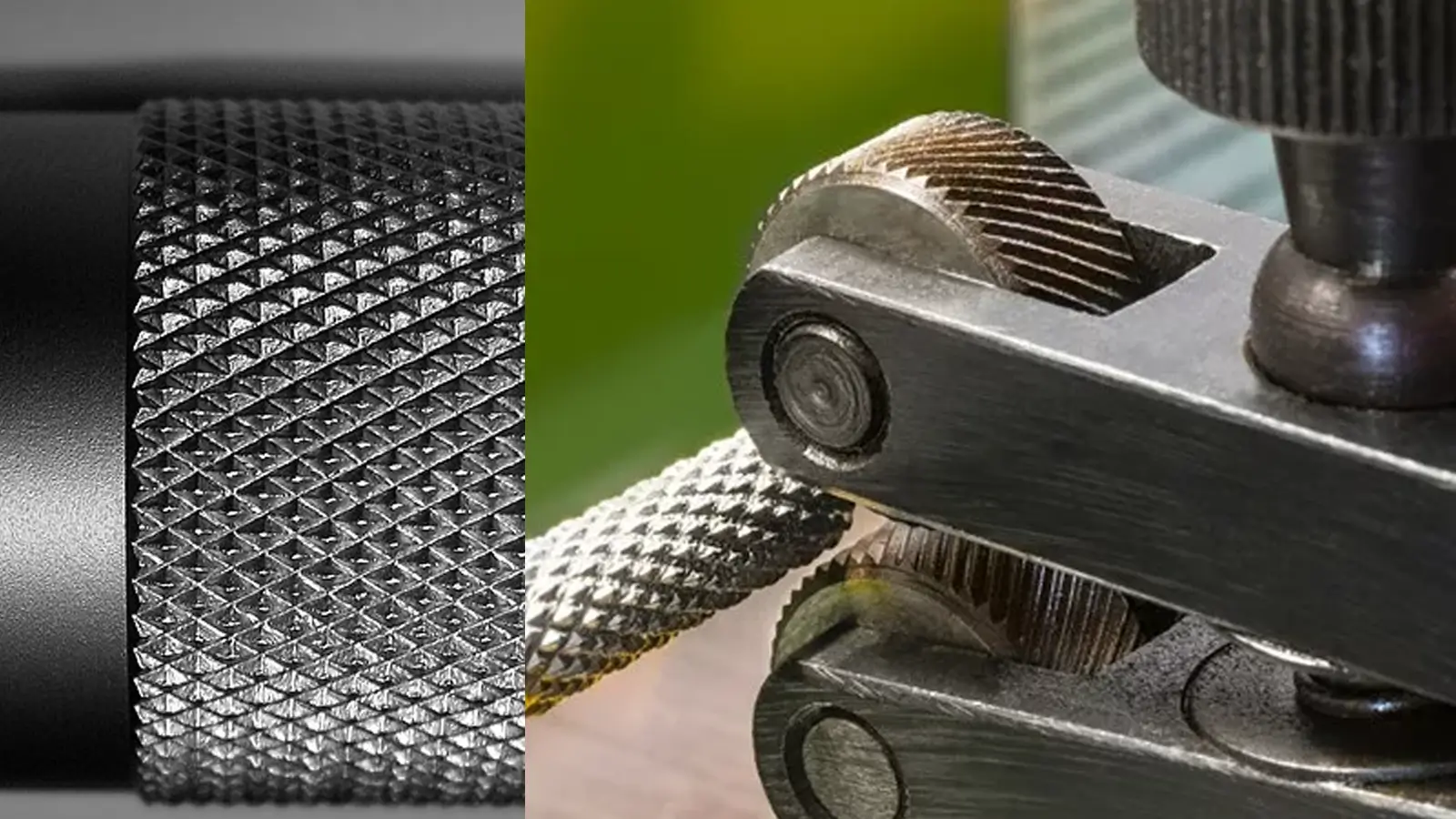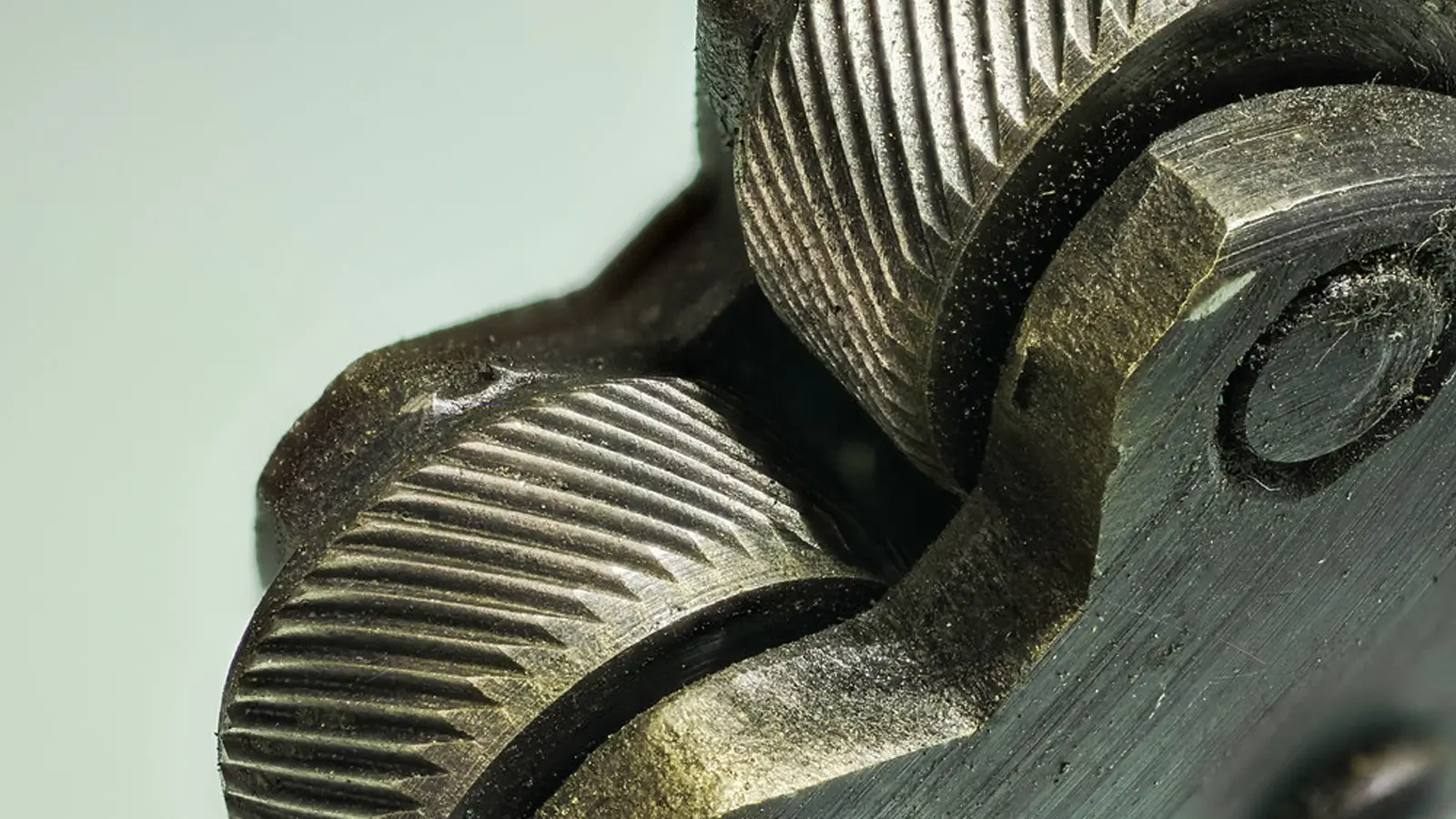Table of Contents
3D printing is revolutionizing manufacturing and design, extending its reach from cutting-edge labs to everyday homes and offices. As this technology surges in popularity, it’s driving innovation in diverse sectors including healthcare and automotive. But like any powerful tool, 3D printing has its pros and cons. Read on to learn how 3D printing can save time and reduce costs, and what hurdles like material limitations and quality control it faces.
Advantages of 3D Printing
3D printing is transforming modern manufacturing, making it easier and more efficient to create customized products. Here’s a closer look at the tangible benefits this technology brings to industries worldwide.
Cost Efficiency
3D printing is a money saver. It uses just the right amount of material needed for the job, cutting down on waste. Plus, it doesn’t require a large workforce to operate. Machines take care of most of the work, which means lower labor costs and more money saved for other things. Businesses love this because it helps keep their expenses in check.
Customization and Personalization
Have you ever wanted something that fits you perfectly, like a pair of shoes or a piece of jewelry? 3D printing makes that possible. This technology allows products to be tailored to the exact needs and preferences of the customer. Whether it’s a unique phone case or a medical implant suited just for you, 3D printing turns ideas into reality, meeting individual desires with precision.
Rapid Prototyping
Creating models and prototypes is faster than ever with 3D printing. Think of it as the fast-forward button for design processes. Gone are the days of waiting weeks just to see if a new design works. Now, businesses can test new concepts in days, if not hours. This speed helps them innovate quickly, allowing more time for improvements and upgrades.
Related read: 3D printing vs rapid prototyping
Complex Geometries
Imagine building something with shapes that twist and turn beyond what traditional methods can handle. That’s what 3D printing does best. It’s capable of producing complex designs that were once thought impossible. Whether it’s for art, engineering, or medical applications, 3D printing opens a world of creative and functional possibilities, turning the complex into the achievable.
Reduced Supply Chain Complexity
The idea of making things locally to cut down on distant shipping is becoming more real with 3D printing. By producing items closer to home, companies reduce the risks of supply chain hiccups and cut down on transportation costs. This not only saves money but also helps the environment by reducing the carbon footprint associated with long-distance shipping.
In summary, from saving money to speeding up design, the advantages of 3D printing are redefining the way industries operate. It’s a technology that turns dreams into tangible realities, offering flexibility, innovation, and efficiency in one neat package.
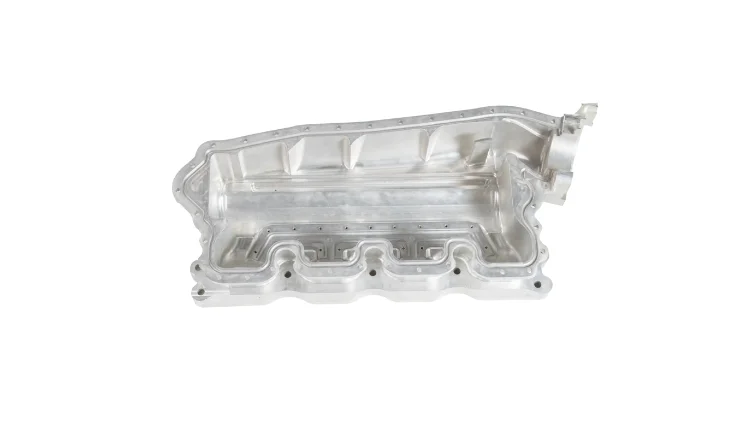
Disadvantages of 3D Printing
3D printing is a fascinating technology, but it’s not without its drawbacks. While it’s transforming many aspects of manufacturing and design, there are still several challenges that users must navigate. From the types of materials you can use to the skills required, understanding these disadvantages can help you decide if 3D printing is the right choice for you or your business.
Material Limitations
Have you ever wondered why 3D printing hasn’t completely taken over traditional manufacturing? One major reason is its limited range of materials. While you can print with plastics, resins, and some metals, the variety doesn’t compete with what traditional methods offer. This limitation means certain industries, like aerospace or medical, might not find the perfect material with the right properties for their products.
Production Speed
Looking to produce items in high volumes? 3D printing might not be the best fit. Traditional methods like injection molding churn out thousands of units in the time it takes a 3D printer to finish one. This slower speed is a significant roadblock if your goal is to quickly produce large quantities.
Quality and Finish Issues
When it comes to surface quality, 3D printing sometimes falls short. The process can leave visible layers and marks, resulting in a rough finish. Precision can also be problematic. If you’re expecting flawless, high-detail parts straight off the printer, you might be disappointed. It’s a bit like trying to use a dot matrix printer when you really want a laser printer finish—the end result just isn’t as smooth as you’d hoped.
Intellectual Property Concerns
In an age where sharing designs is as easy as clicking a button, intellectual property becomes a serious concern. Designs can be copied and shared without permission, making it tough for creators to protect their work. This opens up a Pandora’s box of legal issues, much like sharing music files did in the early days of the internet. If you’ve created something unique, keeping it safe becomes a real challenge.
Technical Skill Requirements
Ever tried using a complex tool without any instructions? That’s what diving into 3D printing might feel like. Specialized knowledge and skills are crucial. Users need to understand software and hardware, troubleshoot problems, and sometimes even design their own models.
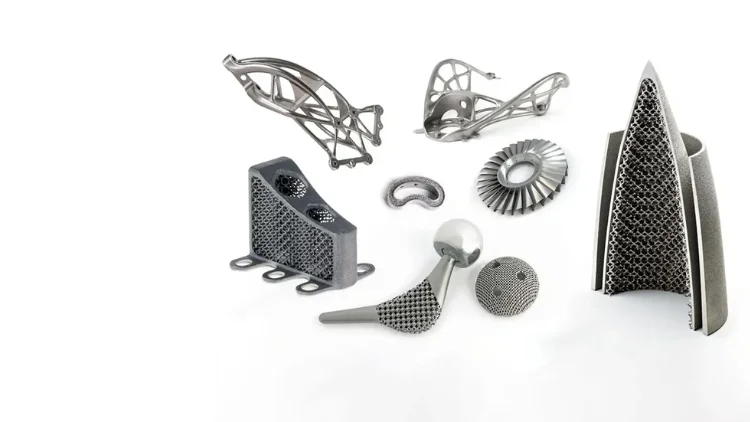
Future Scope of 3d Printing
In recent years, 3D printing has evolved from a niche technology to a powerful tool across various industries. Its future is bright, with innovations that promise to reshape the way we create and interact with objects. Let’s take a closer look at some upcoming trends and how they will transform the field.
Emerging Materials
The development of new materials is set to revolutionize 3D printing. Today, common materials include plastics, metals, and ceramics. But imagine a world where we can print with graphene or bio-materials. These innovations could drastically change 3D printing applications.
- Graphene: Known for its strength and conductivity, this material could lead to the creation of ultra-lightweight structures and advanced electronics.
- Bio-materials: Imagine printing organs or tissues for medical use. Scientists are already experimenting with this, aiming to solve transplant shortages.
- Recycled Materials: Using recycled materials for 3D printing not only benefits the environment but also cuts costs and reduces waste.
These new materials could expand the capabilities of 3D printing, making it even more versatile and sustainable.
Integration with Other Technologies
Future advancements aren’t just about materials; it’s also about how 3D printing interacts with other technologies. Picture a factory floor where AI and robotics work hand-in-hand with 3D printers, seamlessly automating production.
- AI Integration: AI can optimize designs and predict material behavior, increasing efficiency and reducing errors. With AI, customization can reach new heights, producing tailored products faster.
- Robotics: Robots can complement 3D printing by assembling printed parts or handling post-processing tasks, making manufacturing smarter and more efficient.
- IoT Connectivity: The Internet of Things allows for real-time data exchange, monitoring production closely and ensuring quality control throughout the printing process.
These integrations will create a future where manufacturing is more intelligent, responsive, and capable of meeting the demands of a fast-paced market.
As 3D printing continues to evolve, its potential seems limitless. Emerging materials and technology integration highlight just a few ways it might revolutionize industries, from healthcare to construction. The possibilities are as vast as they are promising.
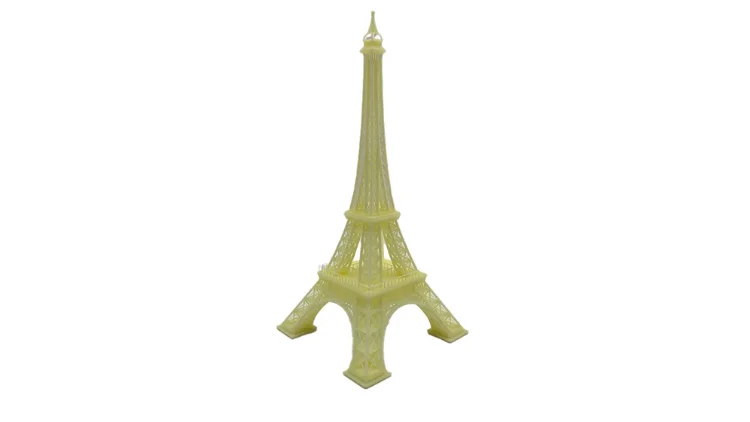
Why is 3D Printing Important?
3D printing is important because it revolutionizes how we design, manufacture, and customize products. It enables rapid prototyping, allowing companies to test and refine products faster, reducing time to market. This technology also offers unparalleled customization, making it possible to create items tailored to specific needs, from medical implants to personalized consumer goods.
Moreover, 3D printing minimizes material waste and can be more cost-effective for small-scale production. It also opens up possibilities for creating complex designs that traditional manufacturing methods can’t easily achieve. In fields like healthcare, automotive, and aerospace, 3D printing drives innovation by allowing for more efficient, precise, and adaptable production processes.
Conclusion of 3D Printing
3D printing is a powerful creation tool with the unique ability to produce an almost limitless range of shapes and designs. While it opens up endless possibilities across various fields, like any tool, it requires skill and understanding to fully harness its potential. Mastery of 3D printing allows for innovative solutions, but it also requires a clear awareness of its limitations to use it effectively. As technology continues to evolve, 3D printing will remain a key driver in reshaping how we design, manufacture, and interact with the world around us.

Lucas is a technical writer at ECOREPRAP. He has eight years of CNC programming and operating experience, including five-axis programming. He also spent three years in CNC engineering, quoting, design, and project management. Lucas holds an associate degree in mold design and has self-taught knowledge in materials science. He’s a lifelong learner who loves sharing his expertise.
